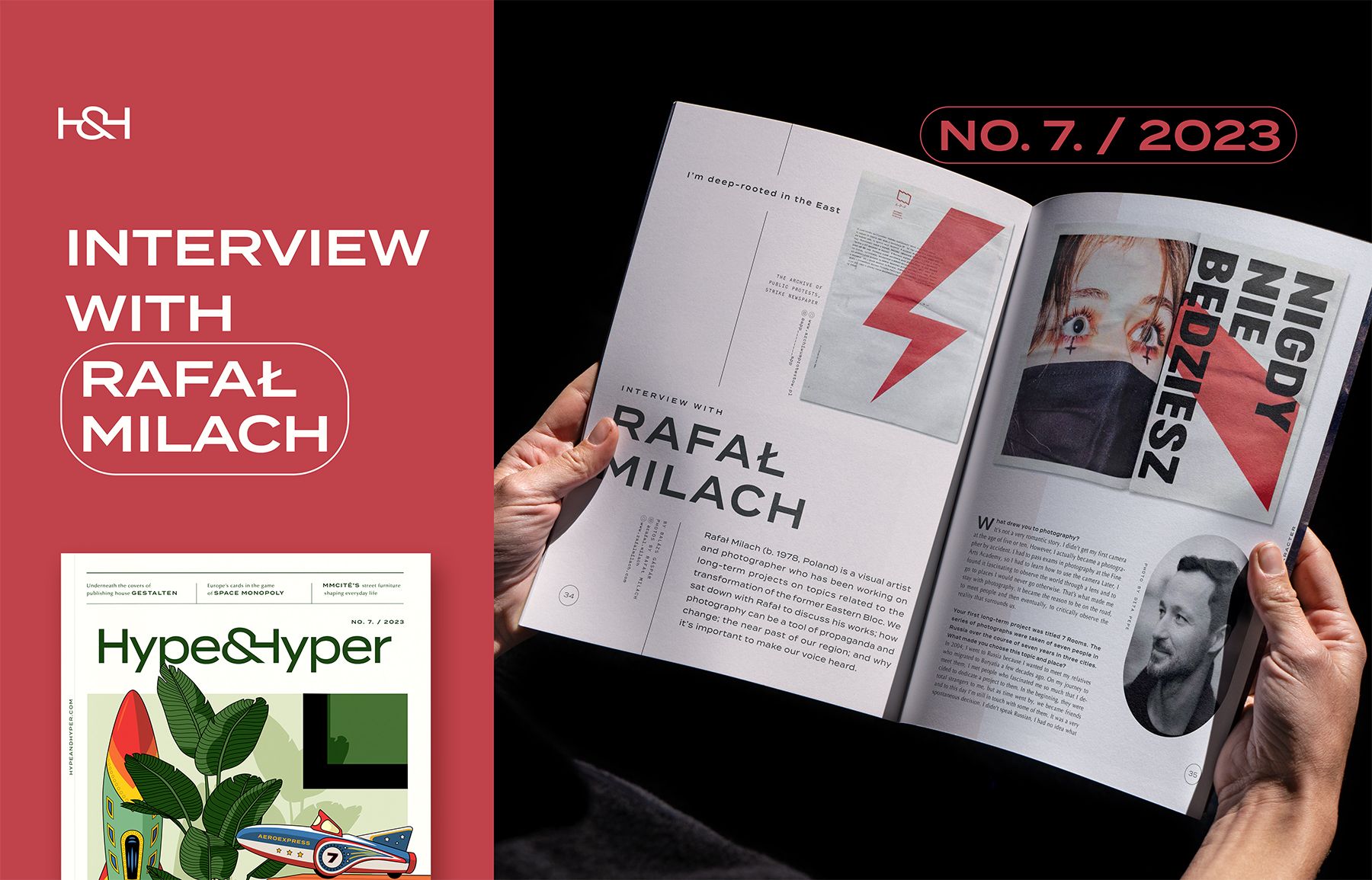Rafał Milach (b. 1978, Poland) is a visual artist and photographer who has been working on long-term projects on topics related to the transformation of the former Eastern Bloc. We sat down with Rafał to discuss his works; how photography can be a tool of propaganda and change; the near past of our region; and why it’s important to make our voice heard.
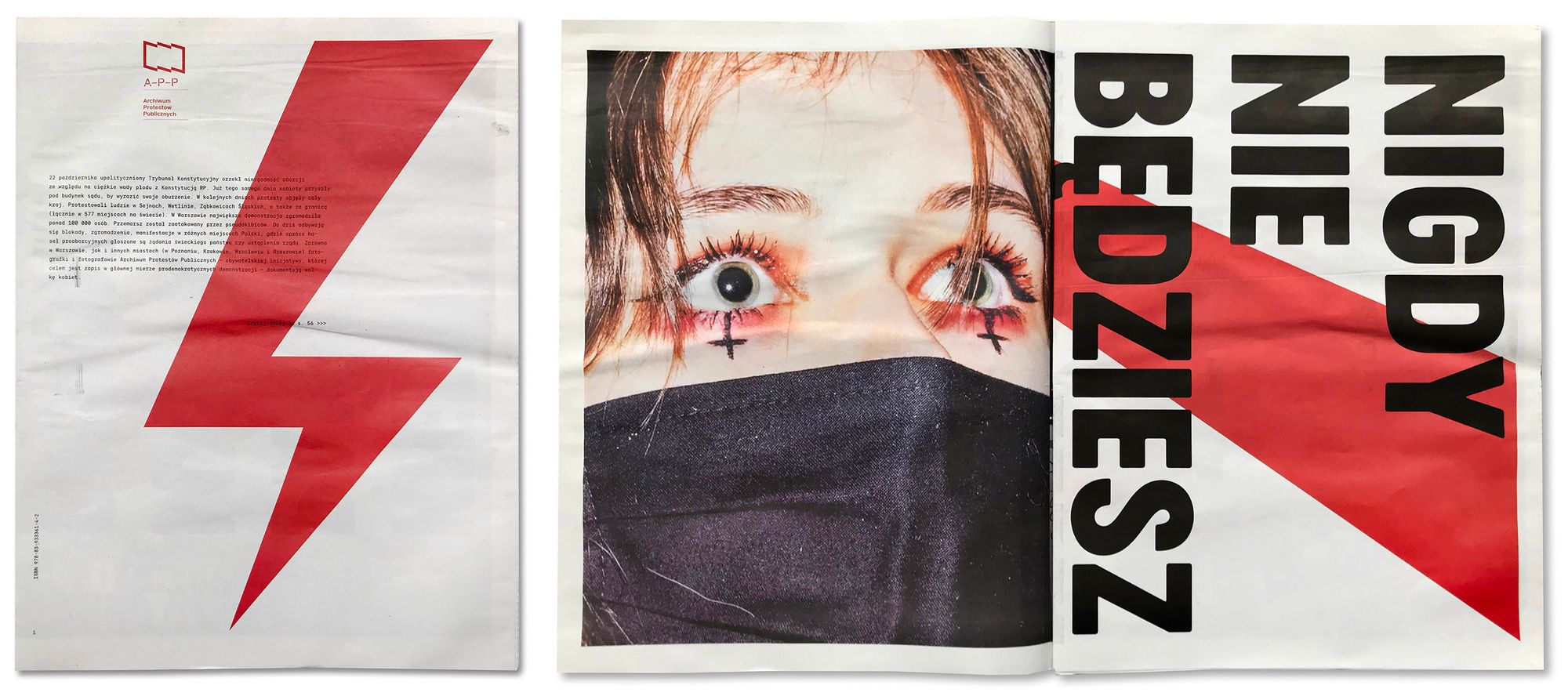
What drew you to photography?
It’s not a very romantic story. I didn’t get my first camera at the age of five or ten. However, I actually became a photographer by accident. I had to pass exams in photography at the Fine Arts Academy, so I had to learn how to use the camera. Later, I found it fascinating to observe the world through a lens and to go to places I would never go otherwise. That’s what made me stay with photography. It became the reason to be on the road, to meet people and then eventually, to critically observe the reality that surrounds us.
Your first long-term project was titled 7 Rooms. The series of photographs were taken of seven people in Russia over the course of seven years in three cities. What made you choose this topic and place?
In 2004, I went to Russia because I wanted to meet my relatives who migrated to Buryatia a few decades ago. On my journey to meet them, I met people who fascinated me so much that I decided to dedicate a project to them. In the beginning, they were total strangers to me, but as time went by, we became friends and to this day I'm still in touch with some of them. It was a very spontaneous decision. I didn't speak Russian, I had no idea what Russia was about, except for a set of clichés and some photography projects I heard of. It was a truly formative experience for me. I learned a lot during those seven years.
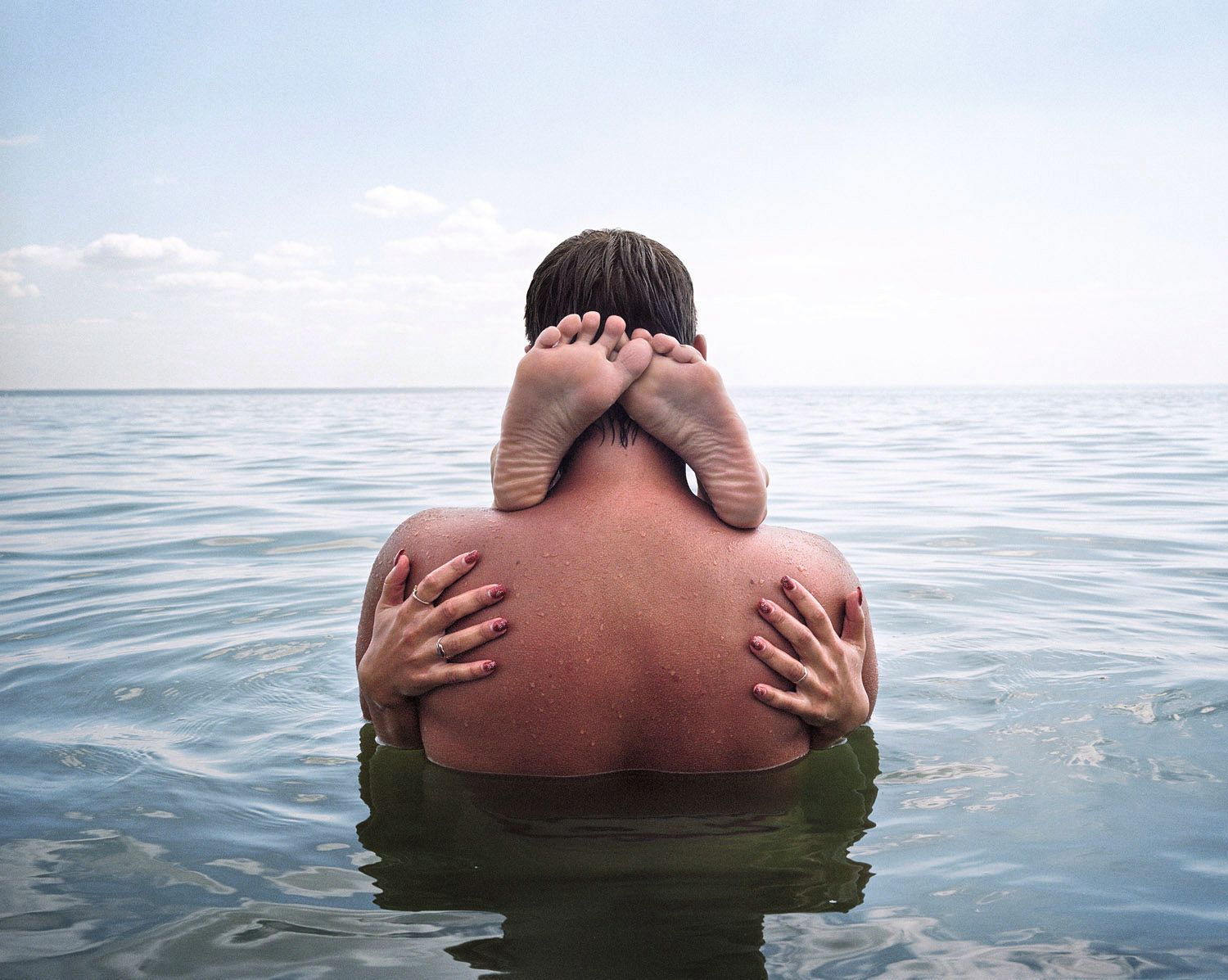
After Russia, you went to Belarus and Ukraine. Was it a conscious decision? Did you want to visit every country in the region?
Whenever I cross the eastern border of Poland, it feels strangely familiar. My family comes from today’s Belarus and the western part of Ukraine, so I’m deep-rooted in the East and that's probably why I feel so attracted to this region. I travelled to Belarus when I was almost done with 7 Rooms. I wanted to use the same method as in the case of 7 Rooms—staying in the intimate spaces of my protagonists—, but something else caught my attention: the way an oppressive regime uses people. Shifting my focus from the private to the public space represented a major turn in my practice.
In Belarus, you photographed the winners of various state and local competitions. What was your aim with this project?
In the project called The winners, the idea was to turn myself into a kind of propaganda photographer, while deconstructing the regime’s mechanisms with a critical eye. My initial intention was to do an experiment and see if it’s possible to produce a story that could be perceived in more than one way depending on the context, and depending on where the images are published. They can be interpreted as supportive in Belarus, and critical in a Western context. This idea collapsed as soon as the material was widely published outside of Belarus and became exclusively critical.
Did you present the photos in Belarus?
I tried to share them with the local audience and explain how the project wasn’t directed towards singular cases of soft collaboration with the system, but more about how the system uses people.
What was your experience working there?
Between 2010 and 2013, Belarus wasn’t as oppressive and violent as it has become during the past two years. Being a slightly different place, I was able to work in an official manner with a journalist accreditation, publish my work in foreign media criticising the regime and then go back to continue my work.
Later you became more engaged with protests and activism, especially in your own country.
The winners was my first explicitly political project. From that moment on, my aim was to visually deconstruct propaganda mechanisms in the countries of the former Eastern Bloc. In 2015, however, I started to work on the other side of the barricade. The political power shifted in Poland to which I had to respond to as a citizen and as an artist. I started to collect various protest gestures against violations of human rights and democratic structures. This was fundamentally different from what I did before, not a long-term, conceptual documentary project, a sort of clinical analysis of the problem.
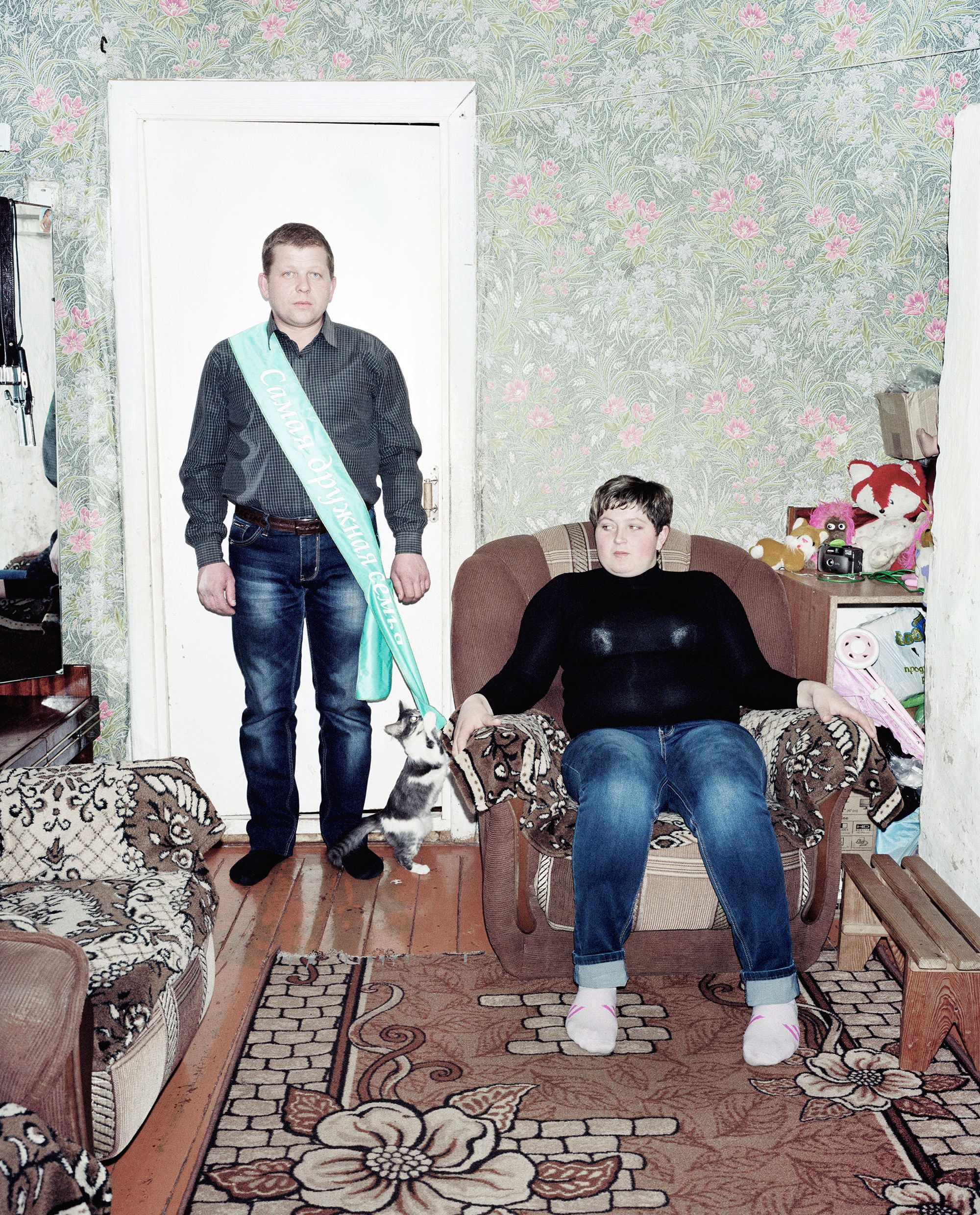
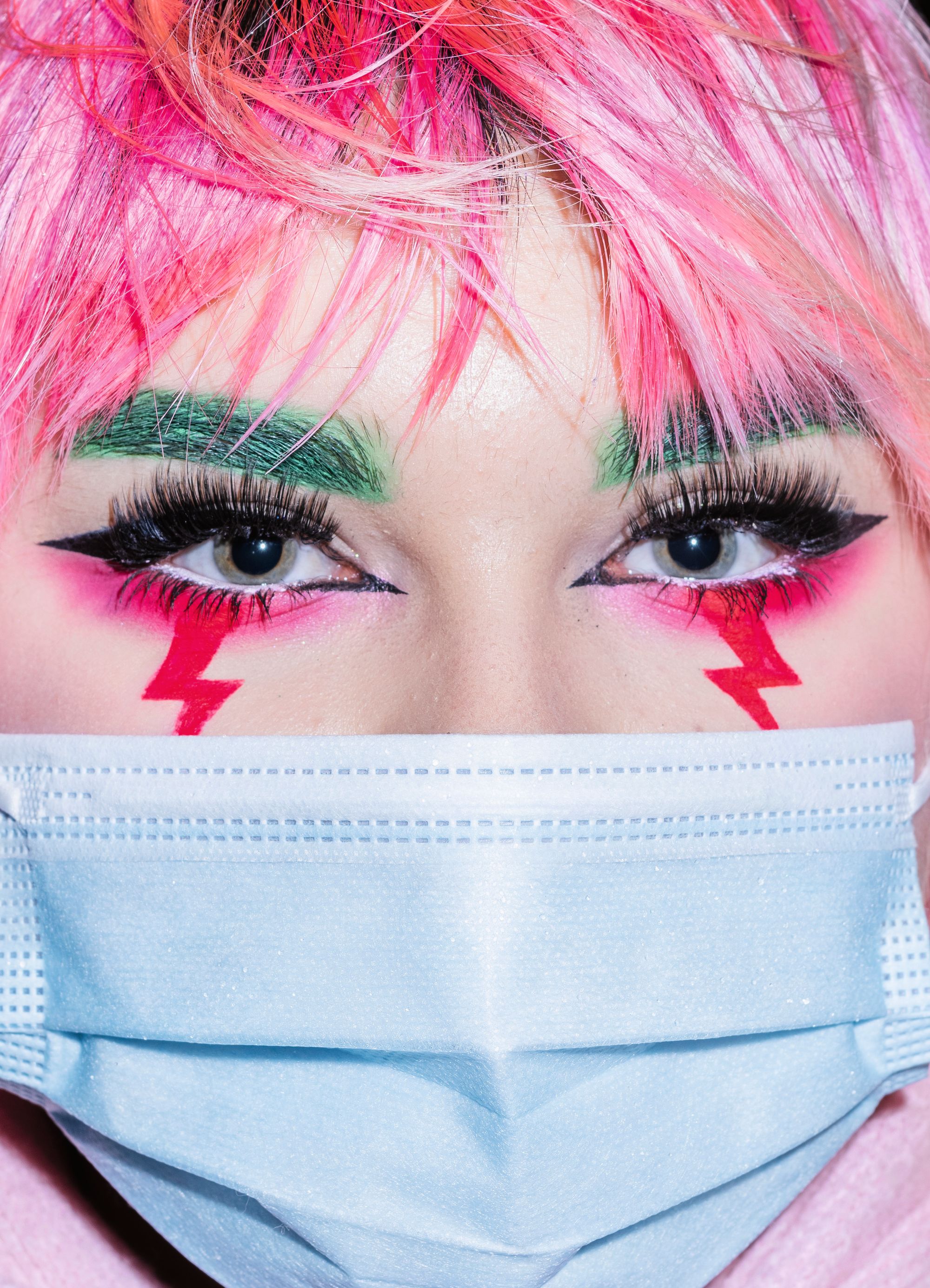
This is how The Archive of Public Protest was born. What did the work process look like?
I joined the protests as a regular citizen to express my disagreement with our government’s policy. After a while I realised that I could channel this energy into pictures so I started documenting the protests—a spontaneous decision of a citizen rather than a photography project. I neither pre-conceptualised it, nor worked on the assignment. I soon realised that I know several people who share my sentiments, so I invited them to create an archive that would collect protest imagery similar to the Hungarian FreeDoc. The idea was to create a narrative that could be complementary to the mainstream media, a free licence resource that could be used by activists, educators, artists, or anybody who would like to reflect on protest-related issues and use our images in a non-commercial way. The Archive of Public Protests is also a response to the short-term nature of social media—we collect and preserve images for the long-term instead.
How can photography contribute to social changes?
I believe photography can be a tool for change. Not as a singular isolated action, but as an ally for various initiatives, an element of a larger constellation. In the case of The Archive of Public Protests, we already have a few examples of how our pictures contributed to certain shifts in thinking and made a difference in a local context. I think this is one of the greatest achievements in my entire career, something that restored my faith in the agency of photography.
You reacted quickly to the war in Ukraine last year and together with other photographers, you made a record of forced migration about Ukranians arriving in Poland.
The UATLAS. War Migration Record was also about making a statement, and creating a different narrative from the one you see in the news. UATLAS collects stories told by people in different stages of migration who were forced to flee Ukraine. The great value of this project is that these stories are also recorded by the Ukrainian authors and the Ukrainians with the refugee experience.
Fotók: Rafał Milach | Web | Instagram
The Archive of Public Protests | Web | Instagram
UAtlas | Web
Continue reading in H&H issue no.7!
ORDER HERE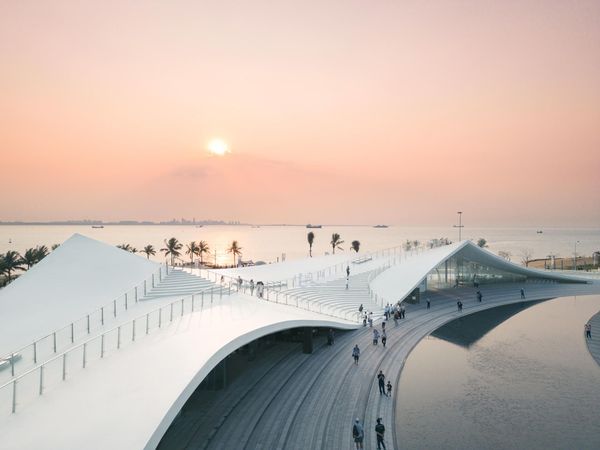
The building that connects sea and sky
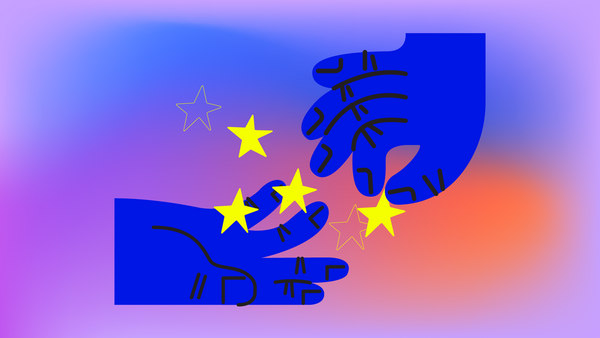
How much do we like the West in the region?










